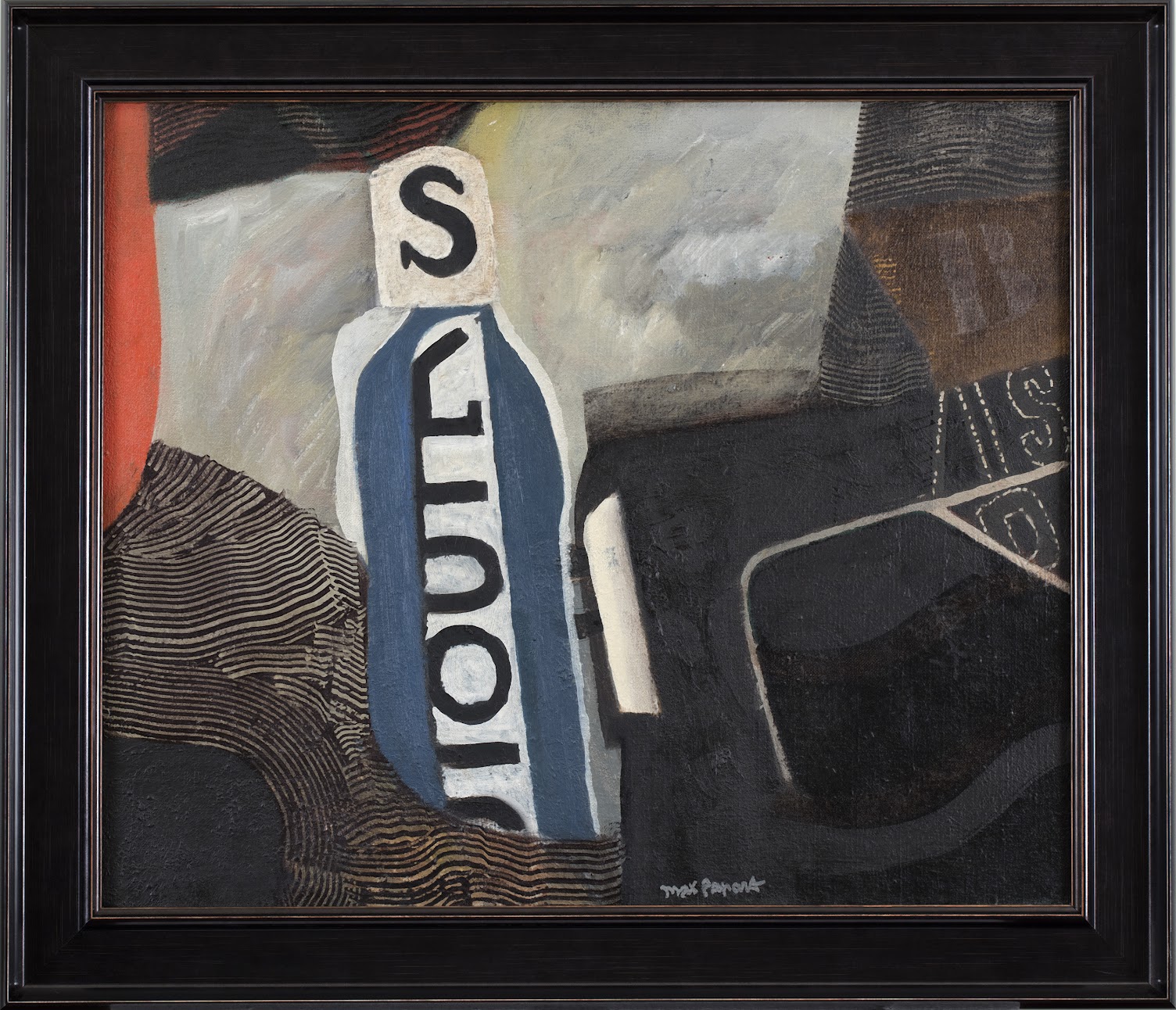Max Papart, born on December 19, 1911 in Marseille, was a painter, engraver, illustrator, and collage artist celebrated for his style that straddles figuration and abstraction.
From a young age, Papart was immersed in an artistic environment. His father, Noël Papart, a former cavalry captain turned amateur painter, instilled in him a burning passion for the arts. In 1928, Papart made a brief foray into the École des Beaux-Arts in Marseille, but the rigors of academic training could not compete with his thirst for self-directed learning. He trained outdoors, absorbing the teachings of great masters such as Rubens and Rembrandt. However, family obligations—his father being disabled and his mother suffering from tuberculosis—forced him to work as a laborer and poultry farmer while continuing to nurture his art.
In 1933, Papart settled in Paris, where he took up the position of engraver-printer. He exhibited at the Salon des Indépendants and immersed himself in aquatint engraving. The turmoil of World War II brought him back to Marseille, where he joined the Resistance, actively participating in the liberation of the city, for which he was awarded the Croix de Guerre.
The post-war years brought Papart increasing recognition. He exhibited regularly in Marseille and Paris, forging friendships with literary figures such as Jacques Prévert and Georges Ribemont-Dessaignes, whose works he illustrated. In 1949, he married Andrée Garbit, and a new artistic chapter began, marked by a shift towards lyrical abstraction and the exploration of mixed techniques, particularly collage.
His wandering spirit led him to explore prehistoric art, experiment with various styles, and evolve from figurative landscapes to a more liberated and vibrant abstraction. He also taught engraving at the University of Paris-VIII-Vincennes and became involved in the cultural events of May ’68.
Over the decades, his work radiated beyond borders, exhibited in France, Italy, Belgium, Switzerland, and the United States. He received numerous accolades, including the title of Officier of Arts and Letters. His later period, characterized by a delicate synthesis of stylized figuration and abstraction, opened up new creative dimensions.
Max Papart passed away in Paris in 1994. His creations continue to inspire and move, affirming what he himself said, that “art changes, like life.”

Sign up to the newsletter and stay informed about our latest acquisitions and exhibitions:
© Galerie Rousset 2023